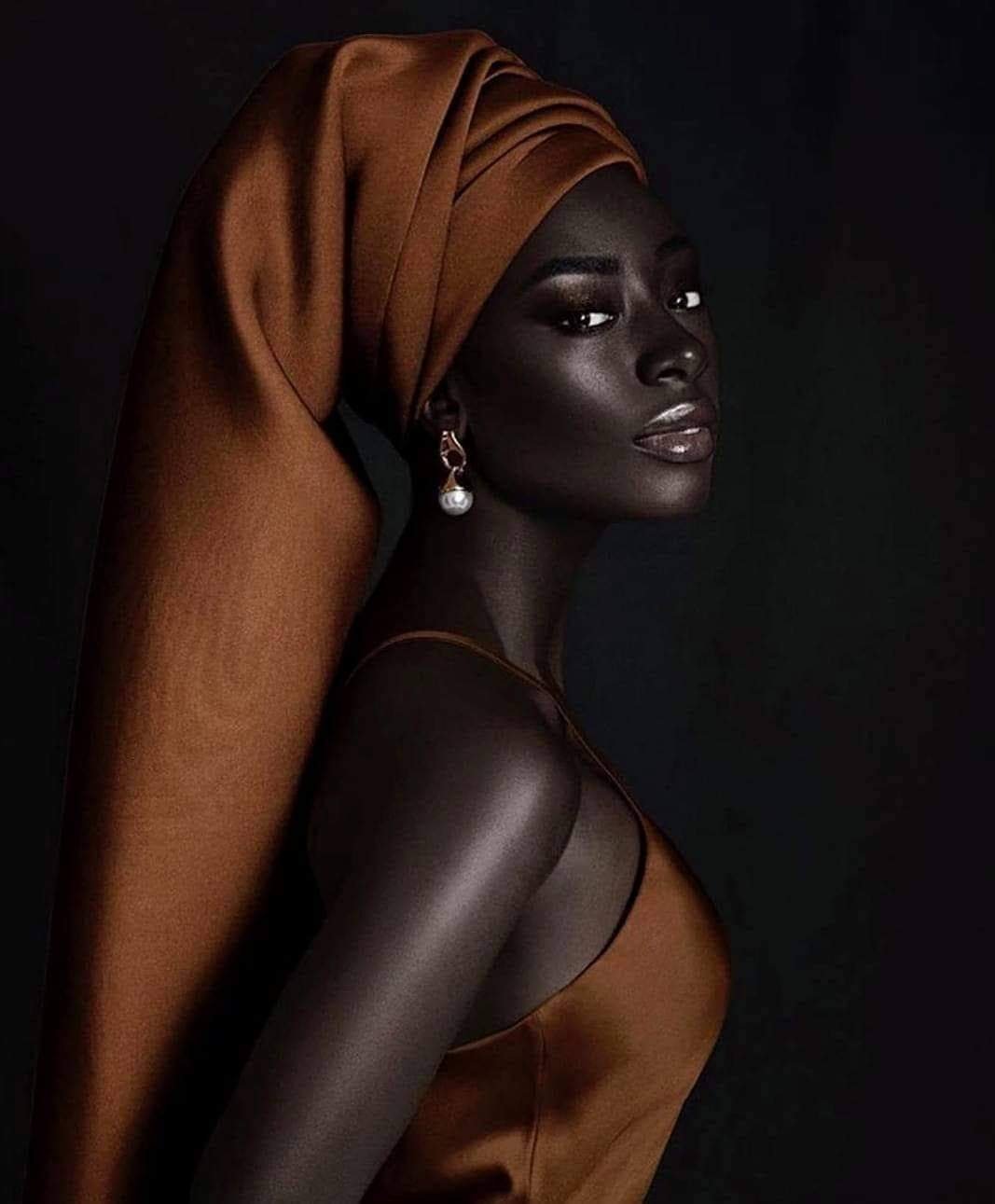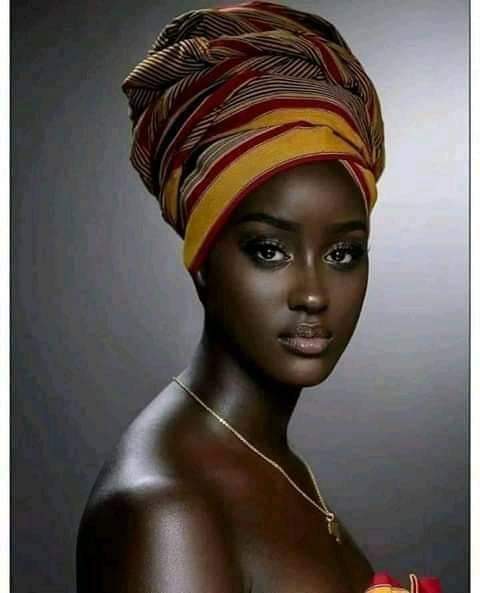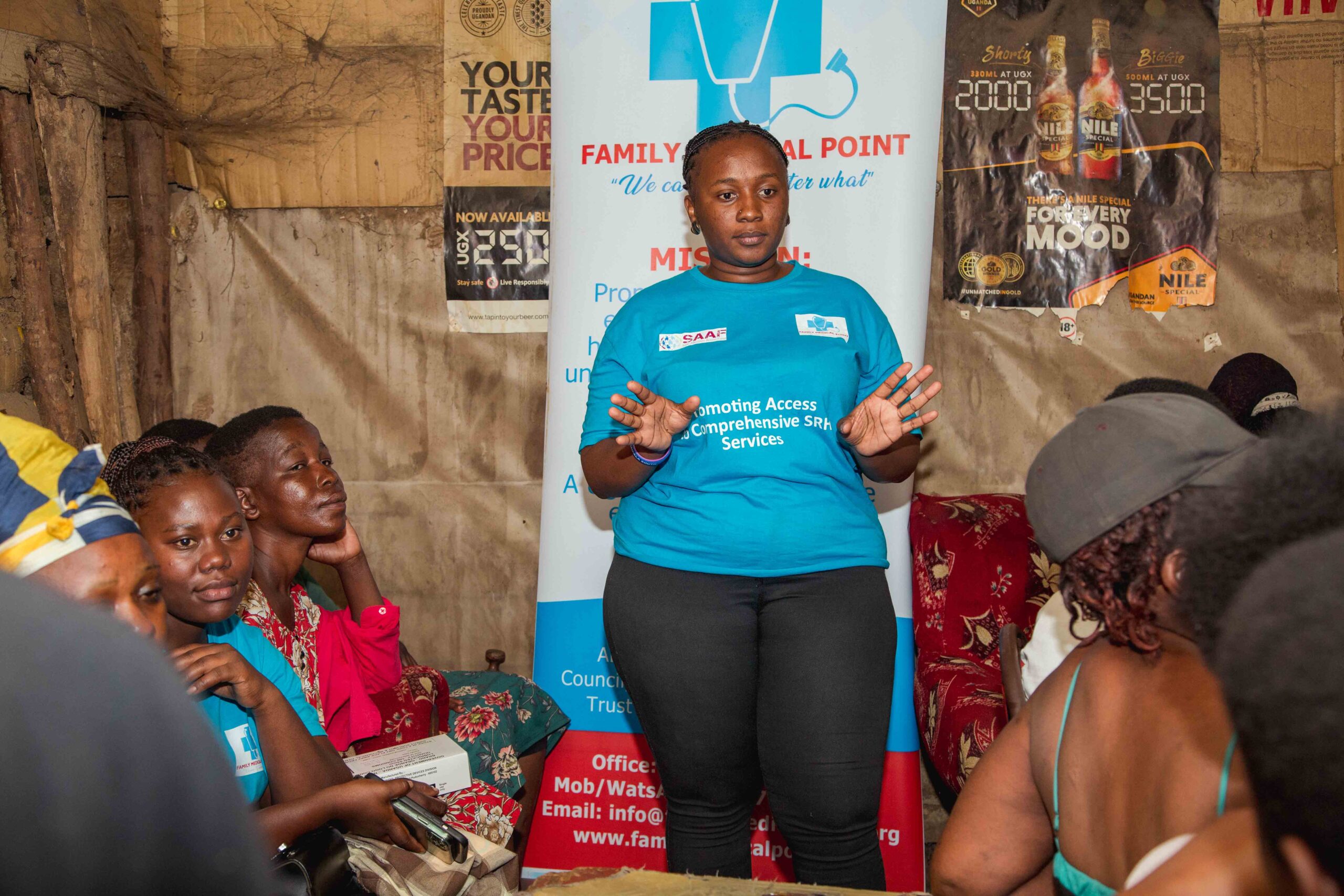The idealization of light skin as the pinnacle of beauty affects self-esteem for women of color around the world.
In many cultures, skin color is a social benchmark that is often used by people of color and whites alike in lieu of race.

Black is beautiful//Photo by Ghana Express
Attractiveness, marriageability, career opportunities and socio economic status are directly correlated with skin color, as a result, many women of color seek chemical remedies to lighten their complexion.
They have created a booming global business in bleach creams and injectables valued at US$8.6 billion in 2020.
Women account for almost 80% of sales worldwide. Creams dominate the market and are estimated to reach $6.6 billion by 2027.
I have continuously studied the phenomenon of skin bleaching for a long period now and tracked the growth of this industry by talking to the victims , the skin therapists and opinion leaders and all I can say is, the practice is here to stay.
“There seems to be a strong desire for browner or fairer skin,” Ackermann a CNN photographer based in Uganda said in her article .https://amp.cnn.com/cnn/2016/01/21/health/cnnphotos-skin-lightening-uganda/index.html.
The practice has both significant racial implications and health concerns. A new Netflix documentary called ‘Skin’ explores the practice of skin bleaching in African culture as a common practice.
while bleaching the skin is common, it’s both dangerous and potentially life-threatening because products contain steroids, hydroquinone bleach and mercury. The World Health Organization warns that skin bleaching can cause liver and kidney damage, neurological problems, cancer and, for pregnant women, stillbirth.
The World Health Organization warns that skin bleaching can cause liver and kidney damage, neurological problems, cancer and, for pregnant women, stillbirth.
This is not new. It became popular in many African countries in the 1950s; today, about 77% of Ugandans ,27% of Senegalese and 35% of South African women bleach their skin. Indian caste-based discrimination was outlawed in 1950, but dark-skinned women (and men) are still persecuted and fair skin remains a distinguishing social factor, associated with purity and elite status.
Indian caste-based discrimination was outlawed in 1950, but dark-skinned women (and men) are still persecuted and fair skin remains a distinguishing social factor, associated with purity and elite status.
In the Middle East, the practice of bleaching is most common in Jordan, with 60.7% of women bleaching. The Brazilian government seems to sanction white skin over dark by encouraging immigration from Europe and discouraging persons of African descent.
Light skin is idealized in North America, but the phenomenon is contentious because bleaching is perceived as a desire to be white. So bleaching creams are marketed in the U.S. not to lighten skin, but to “erase blemishes” and “age spots.”
Their use in the U.S. spiked after the 1967 U.S. Supreme Court ruling that legalized interracial marriage.
In the aftermath of the civil rights movement, dark-complected immigrants from developing countries flocked to the U.S., carrying with them an ideal of light-skinned beauty – and they bleached their skin to attain it.
Bleach cream manufacturers now face growing pressure to address racism, with activists arguing that their products perpetuate a preference of being white.In Uganda, mercury-based products were first banned in 1989, but soon crept back into the market because there was no follow-up, the legal framework and enforcement was not strong. Now a lot of capacity was put in 2001 when the Uganda Bureau of standards decided to ban all the commonly known bleaching creams just as the Kenyans had done still in 2001 .
L’Oréal , the world’s largest producer of bleach creams, pledged to remove the words “white,” “fair,” and “light” from labels but it will still manufacture these products.
In addition,the success of the blockbuster film “Black Panther” has likewise sparked a movement celebrating dark skin, with hashtags including #melaninpoppin and #blackgirlmagic.
In Uganda, mercury-based products were first banned in 1989, but soon crept back into the market because there was no follow-up, the legal framework and enforcement was not strong. Now a lot of capacity was put in 2001 when the Uganda Bureau of standards decided to ban all the commonly known bleaching creams just as the Kenyans had done still in 2001 .
This was to ensure awareness about the dangers of bleaching creams.
Public education and activism on this issue must prevail to protect the health and self-esteem of women of color. The failure of either will only prolong the problem – while sustaining an $8.6 billion bleach cream beauty industry world wide.





















Discussion about this post